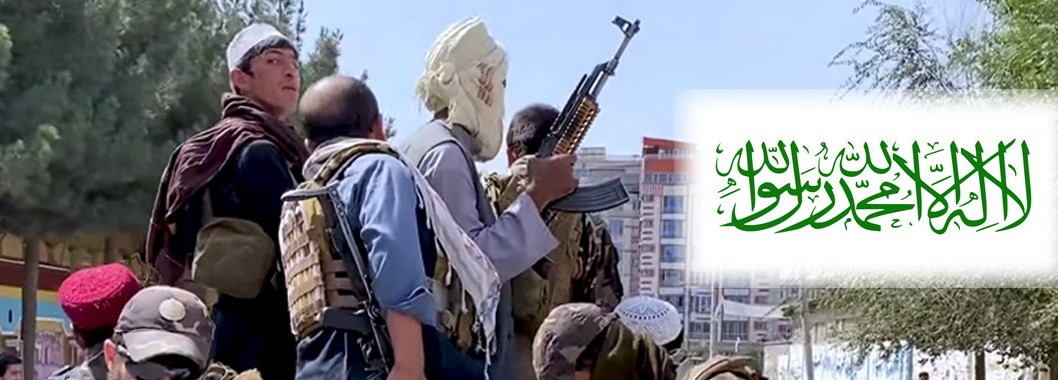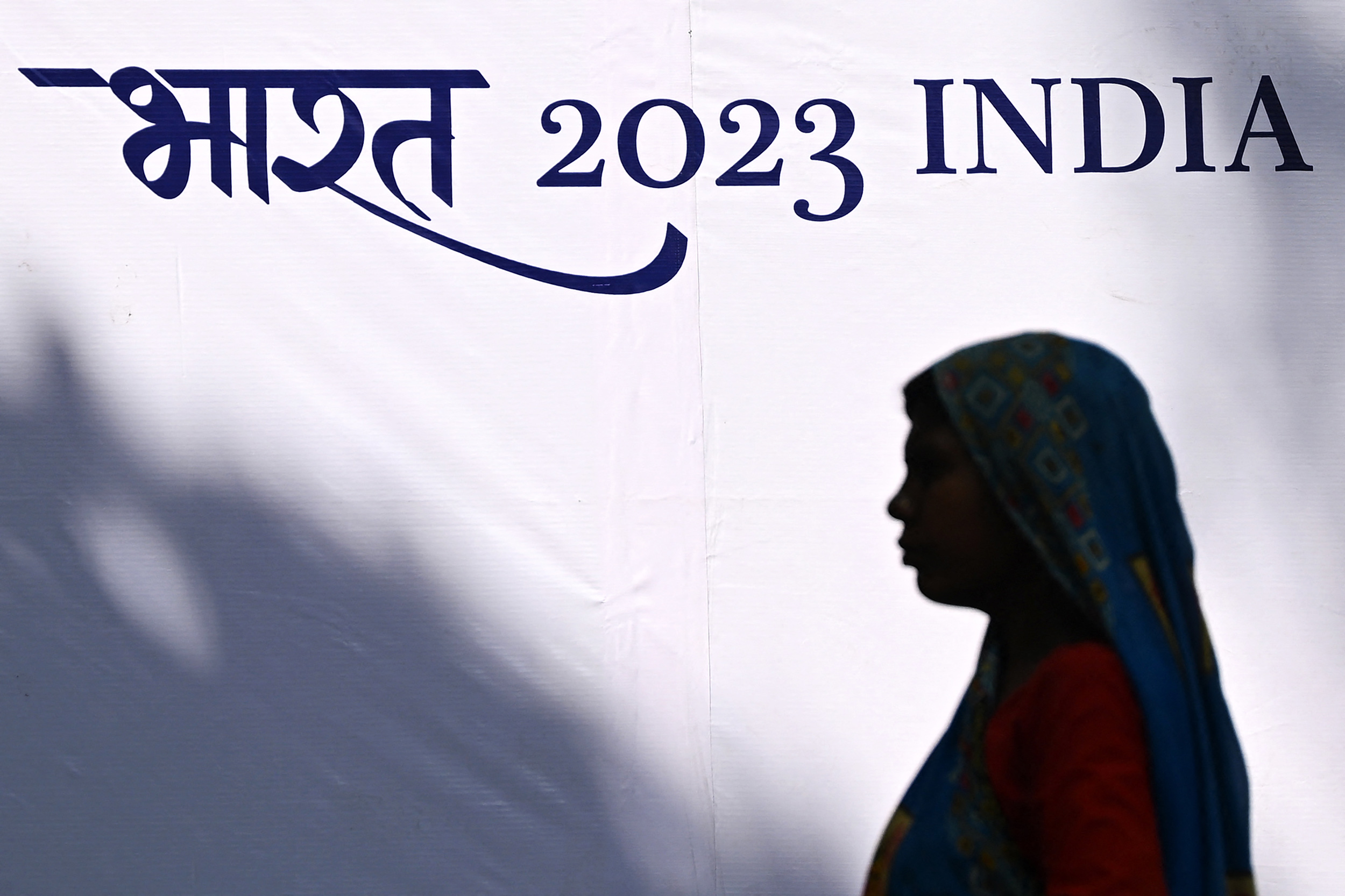This viewpoint examines the diplomatic ramifications of Prime Minister Modi’s third consecutive term inauguration ceremony, delving into its implications for the resurgence of subregional cooperation in South Asia and the Indian Ocean Region
Subodh Chandra Bharti
The National Democratic Alliance (NDA), led by the Bhartiya Janta Party (BJP), secured a majority in the Parliamentary elections held in 2024. Prime Minister Narendra Modi formed the government for the third consecutive term. His swearing-in ceremony on 9 June 2024 witnessed a notable gathering of Heads of State/Government from neighbouring states, marking a pivotal moment in India’s diplomatic landscape.
The invitation extended to leaders from neighbouring and Indian Ocean Region (IOR) countries was not merely ceremonial but a tangible expression of India’s steadfast commitment to its “Neighbourhood First” policy and the visionary “SAGAR” initiative. Notable invitees include Heads of State/Government from Bangladesh, Bhutan, the Maldives, Mauritius, Nepal, Sri Lanka and the Seychelles, signifying India’s steadfast commitment to Bangladesh, Bhutan, India and Nepal (BBIN) and the SAGAR vision. The swearing-in ceremony marked a significant diplomatic event, drawing attention to India’s subregional engagement in South Asia and the quest for greater engagement in the IOR.
This viewpoint examines the diplomatic ramifications of Prime Minister Modi’s third consecutive term inauguration ceremony, delving into its implications for the resurgence of subregional cooperation in South Asia and the Indian Ocean Region.
The Foundation of Neighbourhood First Policy
India’s “Neighbourhood First Policy” took root with the advent of the NDA government in 2014. Prime Minister Modi’s inaugural foreign visits to the neighbourhood underscored India’s proactive approach towards strengthening bilateral ties. After assuming office, PM Modi’s initial foreign visits to the neighbourhood included Bhutan (June 2014), Nepal twice in a span of four months (August and November 2014) and again in May and August 2018, Myanmar (November 2014), Sri Lanka (March 2015), Bangladesh (June 2015) and the Maldives (November 2018). Additionally, PM Modi’s subsequent visits, during his second term, to Bhutan in August 2019 and March 2024, Nepal in May 2022, Sri Lanka in June 2019, Bangladesh in May 2021 and the Maldives in June 2019 further highlight India’s stance on the “neighbourhood first policy.” Despite challenges, such as strained relations with Pakistan and increased Chinese influence in certain neighbouring countries, India’s engagement with Bangladesh, Bhutan, Afghanistan and Myanmar exhibited positive trajectories.
Shifting Dynamics: From Bilateralism to Subregional Cooperation
Under Prime Minister Modi’s regime, India’s South Asia policy has undergone a transformational shift towards subregional cooperation. It sought to tighten the bond between India and its neighbours, moving from traditional bilateralism to subregional cooperation.
Recognising its pivotal position, India has assumed the role of a key facilitator, enabling trade and connectivity amongst neighbouring states. It provides access for Nepal, Bhutan and Bangladesh to trade with each other and outside the region. These countries hold immense potential for increased infrastructure, trade, and investment cooperation. The participation in the swearing-in ceremony on 9 June 2024 is a clear signal of commitment to extending and revitalising this cooperation.
Further, India also seeks to engage with the Maldives, Mauritius, Sri Lanka and the Seychelles to cooperate in the India Ocean Region (IOR) under the Security and Growth for All in the Region (SAGAR) initiative. Through the SAGAR vision, India has been exploring the potential for blue economy development, maritime security, and fostering regional partnerships.
The SAGAR doctrine envisions a free, open, inclusive, peaceful and prosperous Indo-Pacific region. It advocates for an international order built on established rules, sustainable and transparent infrastructure investments, freedom of navigation and unobstructed lawful commerce. India aims to contribute to various aspects, such as connectivity, capacity building, disaster management, people-to-people exchanges, sustainable development and awareness of illegal fishing activities, maritime safety and security and underwater domain awareness in the IOR, guided by SAGAR principles.
Ultimately, this policy seeks to create opportunities of growth for all countries located in the region, ensure freedom of navigation, and uphold international maritime law in the region. The participation of South Asian neighbours and the IOR countries in the swearing-in ceremony indicates a positive sign of developing steadfast subregional and broad engagement.
These shifts from bilateralism to proactive subregional cooperation initiatives aim to enhance regional stability and promote economic growth and mutual prosperity. Prime Minister Modi’s reaffirmation of India’s “Neighbourhood First” policy and “SAGAR vision” emphasises the strategic importance of subregional cooperation. Prioritising relations with neighbouring states and extended neighbours (IOR), India intends to encourage inclusive development and sustainable growth.
From SAARC to Subregionalism: An Evolutionary Paradigm
The stagnation within the South Asian Association for Regional Cooperation (SAARC) has catalysed a paradigm shift towards subregional initiatives. Bangladesh, Bhutan, India and Nepal (BBIN) initiative stand out as exemplary models, focusing on infrastructure development, trade facilitation, and economic cooperation.
The BBIN countries possess significant potential for hydropower generation, with Bhutan and Nepal capable of exporting energy to India and Bangladesh. In terms of connectivity, BBIN countries have pursued initiatives like concluding the BBIN Motor Vehicles Agreement (MVA) in June 2015 to facilitate the free movement of vehicles, cargo, and passengers. Although Bhutan hasn’t ratified the agreement yet, Bangladesh, India and Nepal have approved it, with India announcing plans to implement it without Bhutan.
Additionally, there were discussions about a BBIN Rail Agreement in the third Joint Working Group of BBIN in January 2016 to bolster railway networks and enhance regional economic growth and tourism. Initiatives like bus services between these countries have already begun, and there are further prospects for cooperation pending the approval of the BBIN-MVA.While in the recent past, there have been no new developments in the BBIN initiatives, however, Prime Minister Modi’s call for ‘deeper people-to-people ties, connectivity, peace, progress and prosperity in the region’ signals a positive outlook for reviving projects, aiming to foster subregional cooperation.
Conclusion
As India reaffirms its “Neighbourhood First” policy and “SAGAR vision,” it paves the way for a future characterised by enhanced subregional integration and cooperation. The noticeable participation of leaders from neighbouring states and the IOR at PM Modi’s swearing-in ceremony underscores India’s commitment to fostering peace, stability and prosperity. It also signals a positive trajectory for subregional and multilateral engagements, offering renewed prospects for collaboration. India’s diplomatic overtures exemplify its pivotal role in shaping the subregional and regional geopolitical landscape. Through concerted efforts and collaborative initiatives, India, along with its subregional partners, is poised to usher in an era of sustained growth, prosperity and harmony within the South Asian subregion and the Indian Ocean region.
Subodh Chandra Bharti is a Research Associate at Indian Council of World Affairs, New Delhi
This article first appeared in the Viewpoint section of the website (www.icwa.in) of Indian Council of World Affairs, New Delhi, on June 21, 2024


























